冬のスポーツ愛好者がまた新しいスキーシーズンに備える中、ある重要なスキルが、悪化する斜面でのフラストレーションの多い一日と、どんな地形でも爽快な体験の違いを生み出します。それがトランジションの体重リリースです。この基本的なテクニックを習得することは、スタイルを向上させるだけでなく、日中のコンディションが悪化してもスキーをより楽しいものにする方法でもあります。
中級者がスキルを向上させたい場合でも、上級者が技術を磨きたい場合でも、トランジションの体重リリースを理解し練習することで、ターンのナビゲート、難しい地形の扱い、そして一日中エネルギーを持続させる方法が変わります。
トランジションの体重リリースとは何か?
トランジションの体重リリースとは、スキーのターン間の瞬間にスキーが軽くなり、次のターンに移る際により高いコントロール、精度、流動性を可能にすることを指します。この無重力感は短い時間であっても、スキーをあらゆる方向に自由に調整できるため、エッジングや操作、再配置が容易になります。要するに、これはダイナミックで効率的なスキーの秘密です。
なぜ無重力感がこれほど重要なのか?
車のタイヤがロックした状態でハンドルを切ろうとするのはほぼ不可能です。同じことがスキーにも当てはまります。スキーに完全に体重がかかり雪に押し付けられていると、操作性が制限されます。一方で、スキーの体重を一瞬でも軽くすることで、ポジションやエッジ角度、ターンの形状を楽に調整するチャンスが生まれます。
トランジションの体重リリースは、スキーの多様性を高めます。整備された斜面からモーグルやバックカントリーランまで、さまざまな地形に動きを適応させることができます。このテクニックはパフォーマンスを向上させるだけでなく、どんな状況でもスキーを楽しく魅力的なものに保ちます。
実践における移行時の荷重解除
経験豊富なスキー専門家トム・ジェリーは、この技術の実用性を動きの理解とドリルの練習という2つの主要なステップに分解しています。以下はこの技術をスキーに取り入れる方法です:
1. ターン中に無重力感を感じる
基本的に、移行時の荷重解除とは、ターンから次のターンへ移る際にスキーを軽くすることです。ターンを終えるときは圧力がかかりスキーは重く感じますが、移行の瞬間には無重力感を感じることで、次のターンへのピボットやエッジングが容易になります。
初心者やゆっくりしたスキーヤーにとって、この荷重抜きの瞬間は体の積極的な上方向の動きを伴うことが多いです。これはわずかな垂直の「バウンス」と考えてください。進歩し速度が上がると、この動きはより微妙になります。上級スキーヤーは主に脚を通じて無重力感を感じ、体の他の部分は安定しバランスを保ちます。
2. 地形を活用する
地形は無重力感を得るのに大きな役割を果たします。自信がつくにつれて、コブや凹みなどの自然の地形がスキーの荷重抜きを助け、動きをよりダイナミックで流れるようにします。時間が経つにつれて、斜面の状態に応じてタイミングと強度を調整できるようになります。
3. 筋肉の記憶を作るためのドリルを取り入れる
移行時の荷重解除を習得するために、Gellieは2つの重要なドリルを推奨しています:
中級スキーヤーのためのホップターン
このドリルは荷重抜きの動きを誇張し、スムーズな移行に必要な筋肉の記憶を構築するのに役立ちます。ホップターンを行うには:
- 一方のエッジセットからもう一方のエッジセットへジャンプします。
- ジャンプ中にスキー全体、テールも含めて雪から離れるようにしてください。
- 動きをコントロールし、正確に保つことに集中してください。
適度な斜面でこのドリルを練習することで、無重力感を体得し、エッジコントロールを向上させることができます。
上級スキーヤーのための脚に焦点を当てた移行
より高いスキルレベルの方には、脚だけが積極的にスキーの荷重を抜くように技術を洗練させることに重点が移ります。体全体を持ち上げるのではなく、脚を曲げ伸ばしして移行時に必要な軽さを作り出すことに集中しましょう。この方法はより速く、エネルギー効率が良く、よりダイナミックなターンを可能にします。
4. フィードバックで進捗を追跡する
測定可能なフィードバックはあなたの上達を加速させます。Carveのようなスキーセンサーシステムは、ターン中にスキーにかかる力を分析し、あなたの動きの移行に関する貴重な洞察を提供します。時間をかけてデータを比較することで、改善すべき点を特定し、技術を微調整できます。
トランジションの体重解放の利点
この技術を習得することで、あらゆるレベルのスキーヤーに無限の可能性が開けます。得られるものは次の通りです:
- コントロール向上:無重力感により、特に不均一で難しい地形での動きが滑らかで正確になります。
- エネルギー効率:脚に仕事を任せることでエネルギーを節約し、疲れずに長く滑れます。
- 適応力:整地されたコース、氷結した斑点、モーグルなど、トランジションの体重解放が多様な条件での操作を容易にします。
- スタイル向上:ダイナミックなターンと流れるような動きがスキーの美しさを高め、ゲレンデでの自信を感じさせます。
- より楽しく:無重力感がスキー体験に遊び心と爽快感を加えます。
重要なポイント
- トランジションの体重解放:ターン間の無重力の瞬間で、コントロール、精度、流動性を高めます。
- なぜ重要か:スキーの体重を抜くことで、どんな地形でもより自由に操作しやすくなります。
- 中級者向けドリル:ホップターンを練習して体重抜きの動きを誇張し、筋肉の記憶を作りましょう。
- 上級者向けドリル:脚だけのトランジションに集中し、高速で微妙かつ効率的な動きを目指します。
- 地形を活用:自然の地形を利用してスキーの体重を動的に抜くのに役立てましょう。
- 進捗を追跡:センサーなどのフィードバックツールを使って技術を分析し、改善点を特定できます。
- 自信を高める:この技術をマスターすることで、あらゆるスキー条件でのコントロール、スタイル、楽しさが向上します。
結論
トランジションの体重解放は単なる技術ではなく、スキー体験を変えるマインドセットの変化です。この技術を習得することで、コントロールと適応力が向上するだけでなく、最も柔らかいパウダーから最も氷結した斜面まで、あらゆる条件でスキーの楽しさを解き放つことができます。
次にゲレンデに出かけるときは、覚えておいてください:楽でダイナミックなターンの鍵は、その一瞬の無重力感にあります。それを受け入れ、練習し、この冬あなたのスキー技術を新たな高みへと導きましょう。
出典: "Master The Transition: Improve on Any Terrain | Advanced Ski Tips" - Carv - Digital Ski Coach、YouTube、2024年12月23日 - https://www.youtube.com/watch?v=I4lz19bZK2U








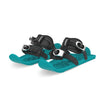

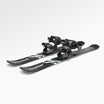



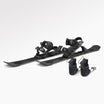






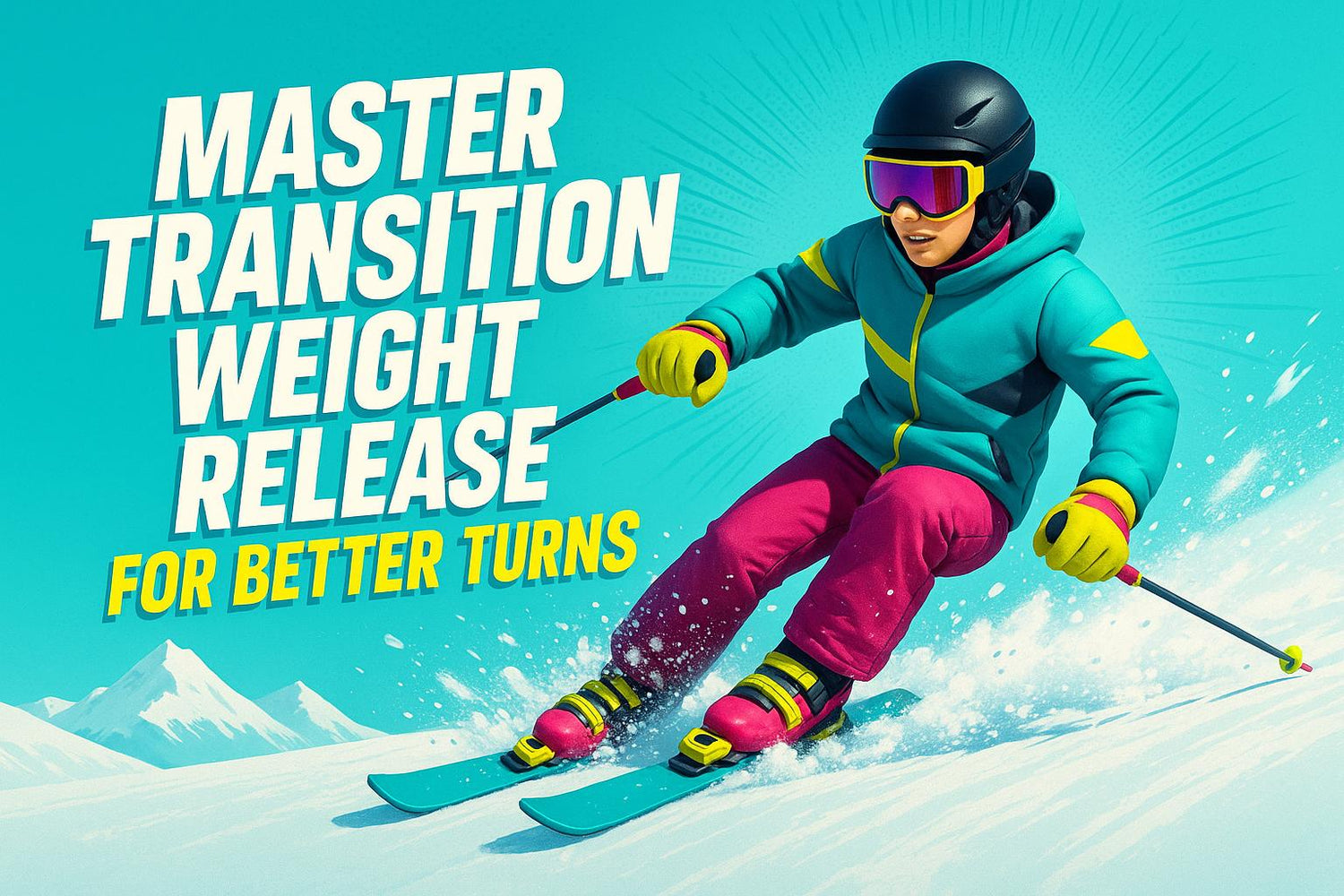

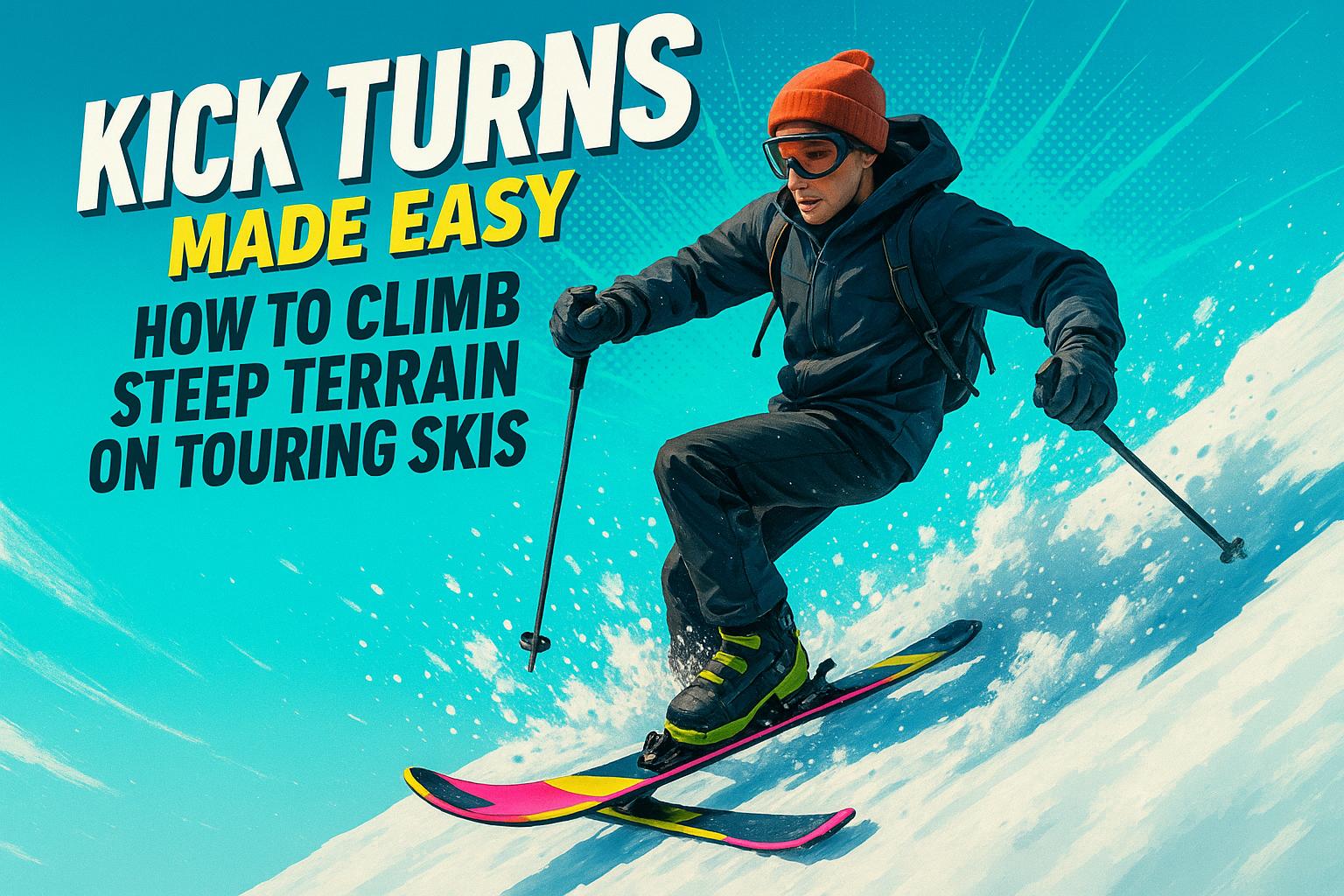

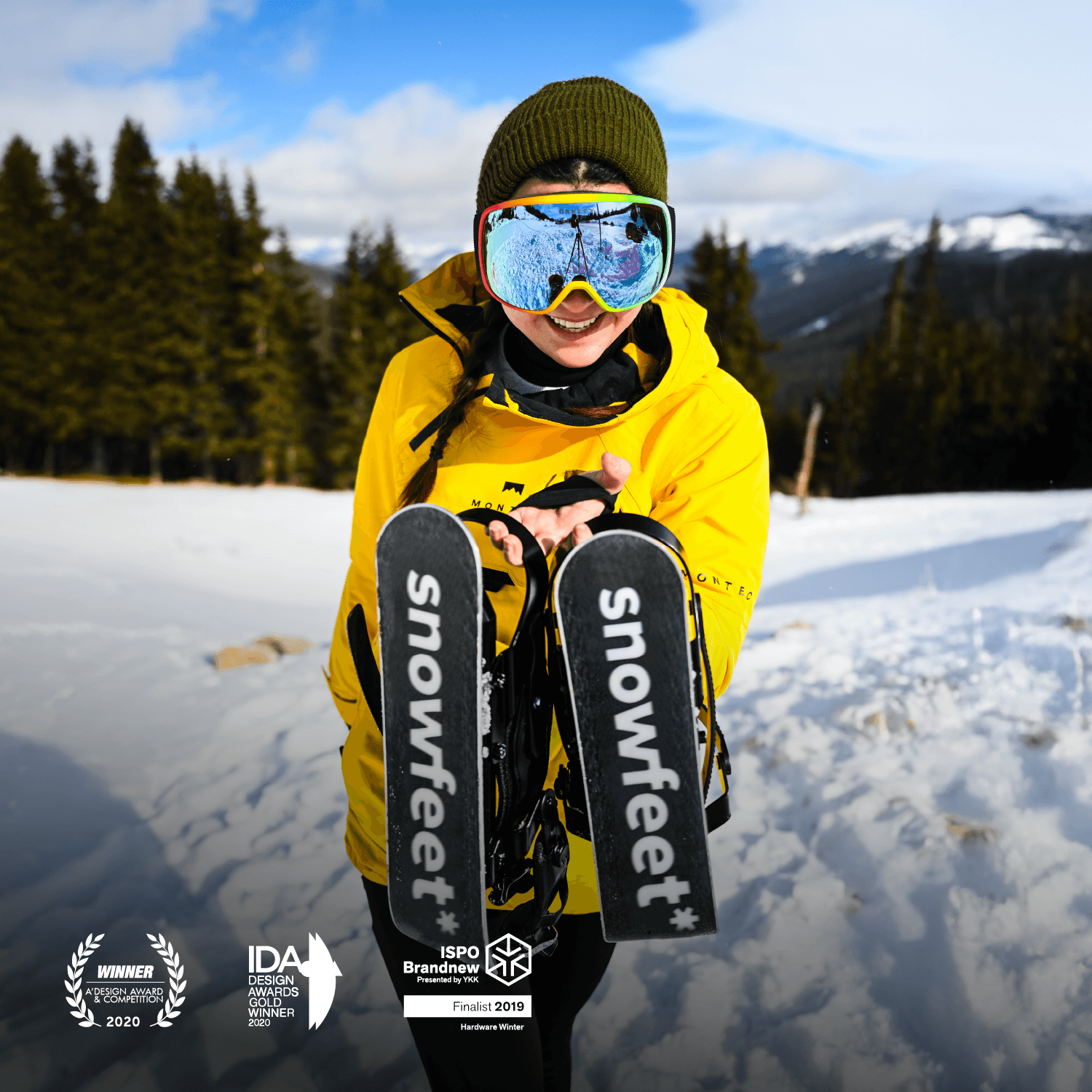

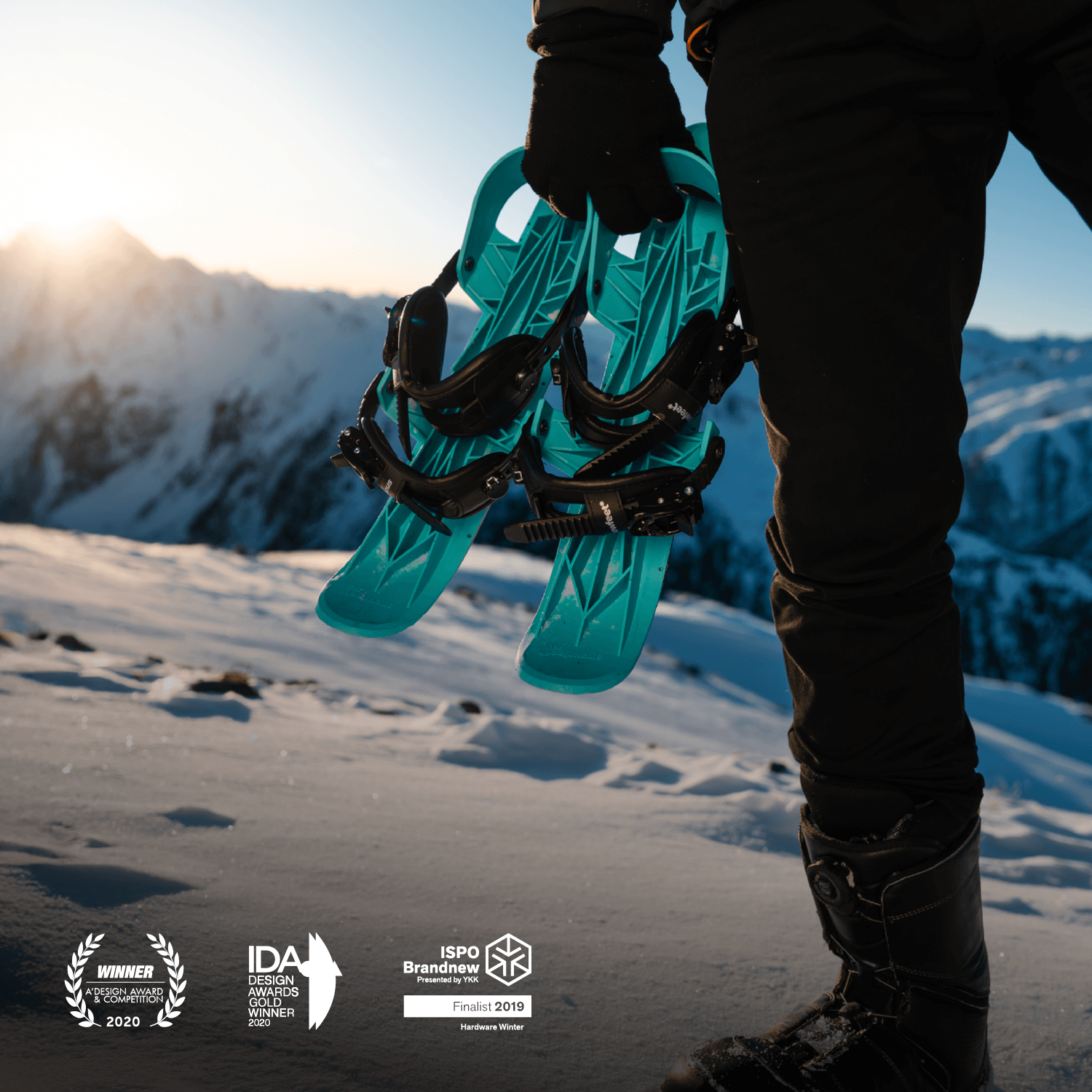
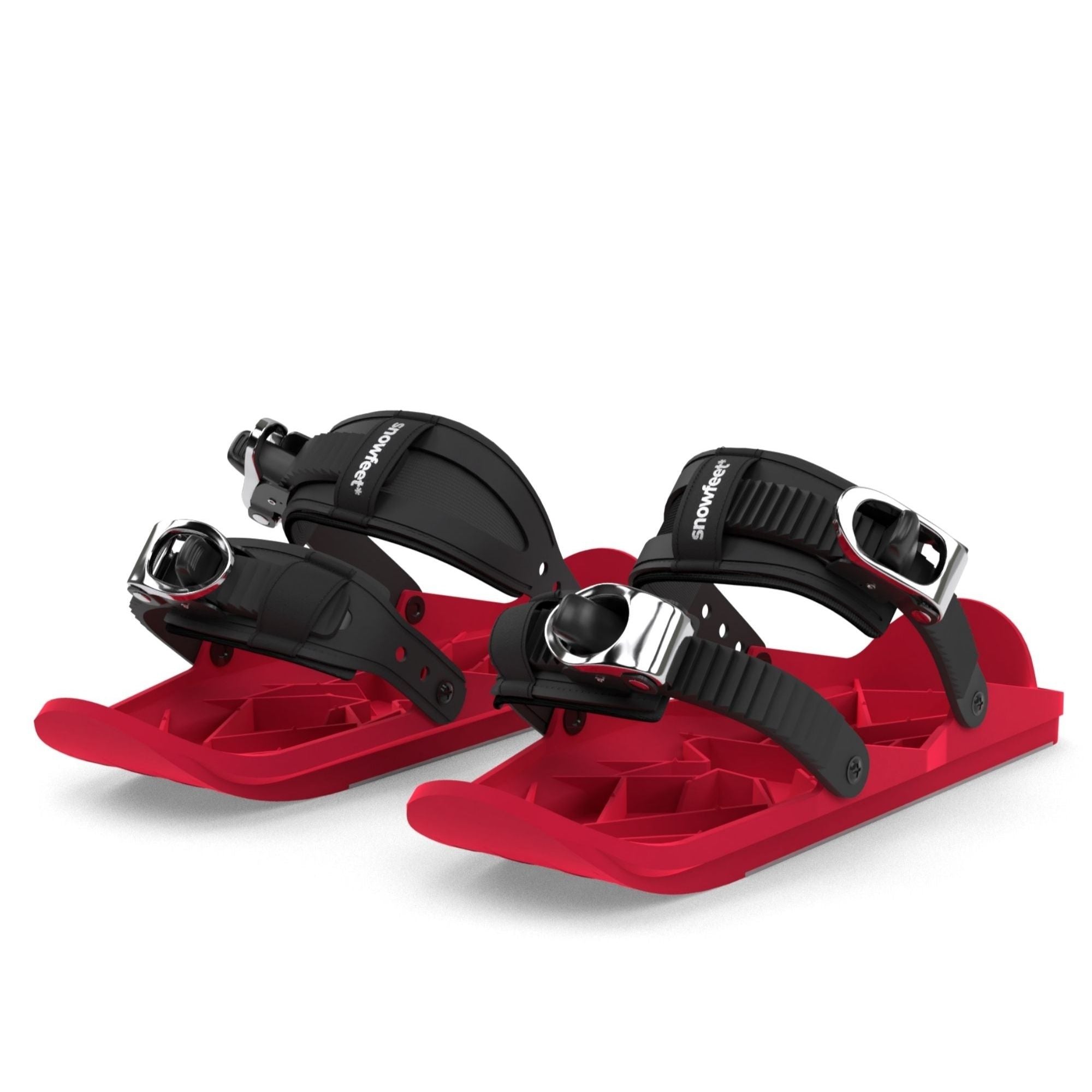



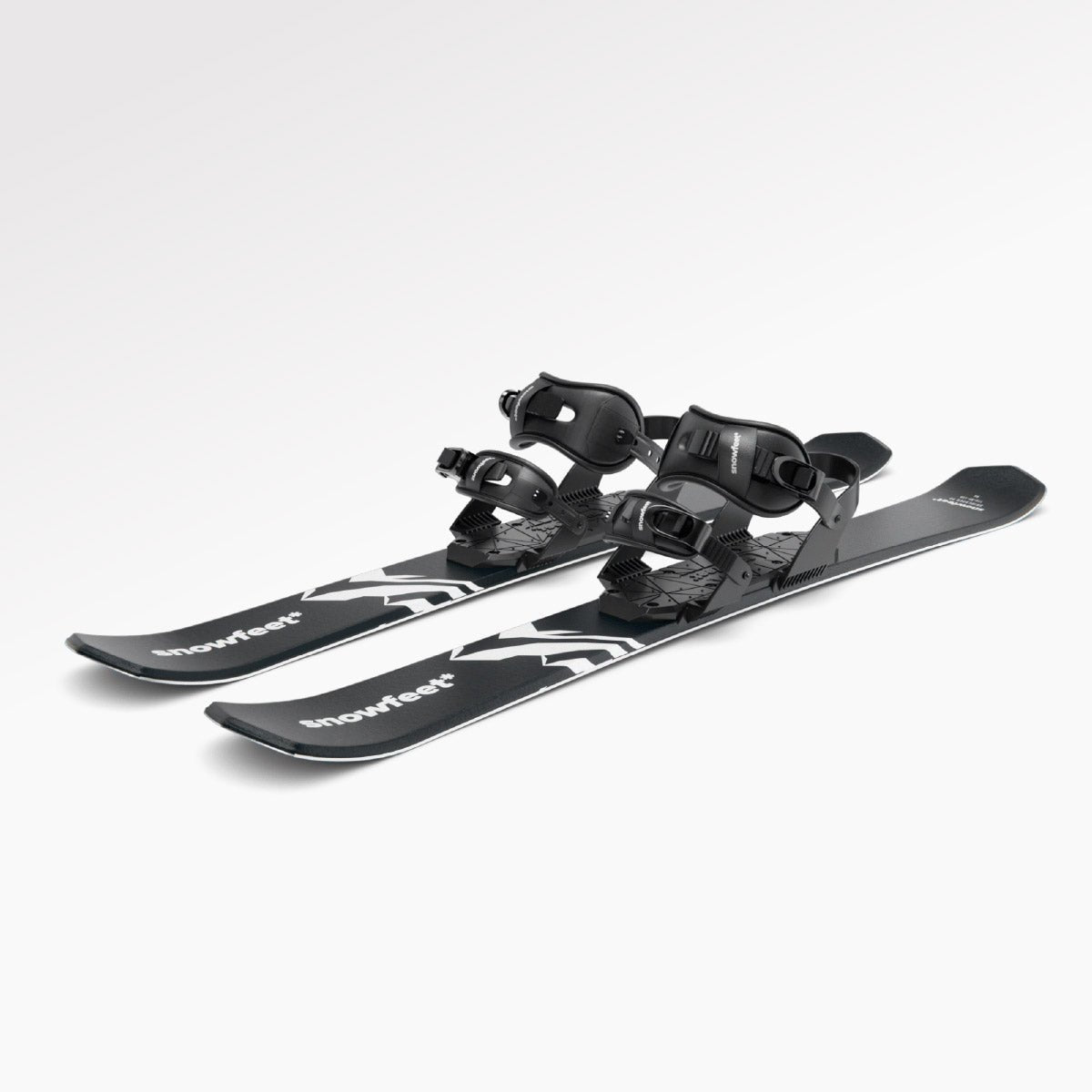
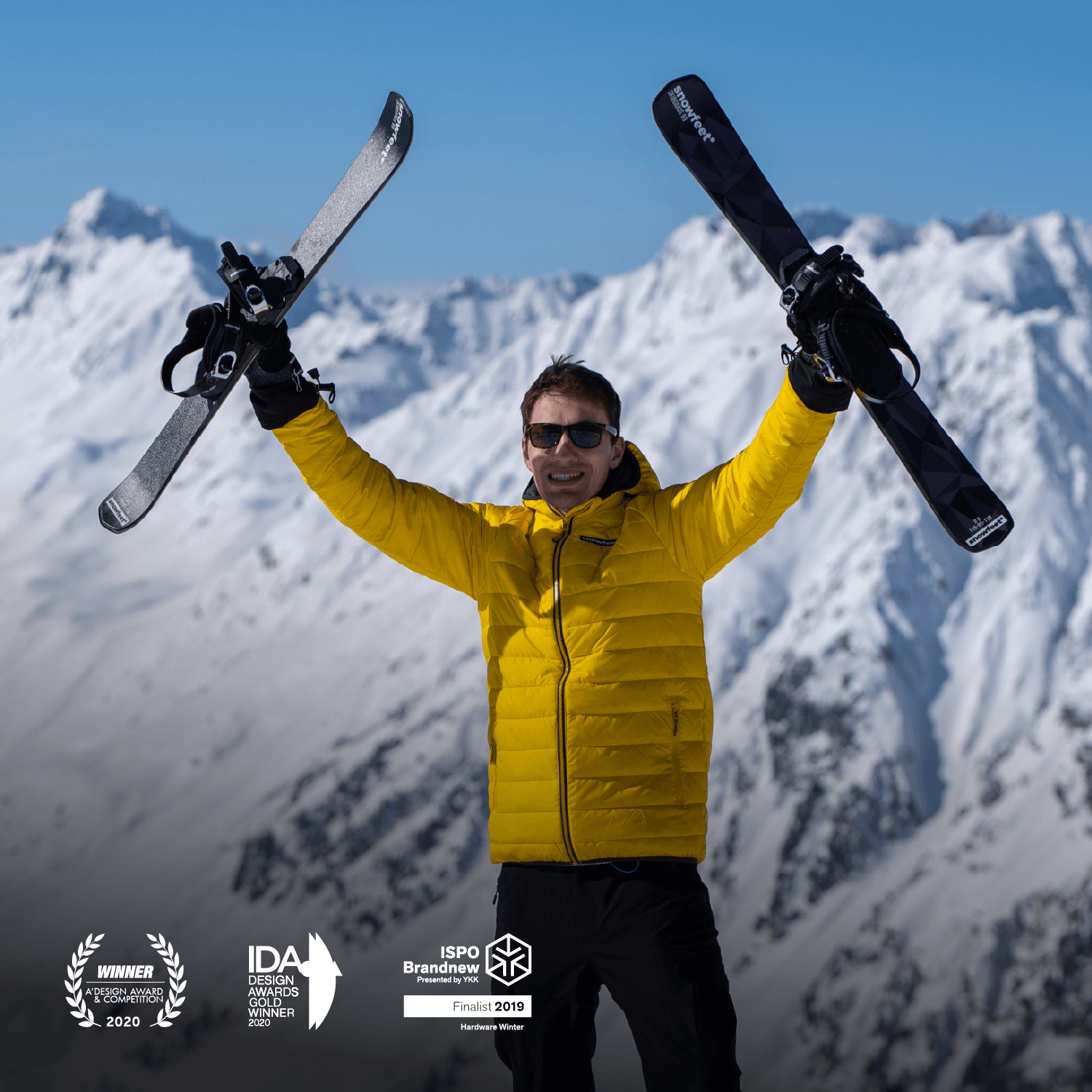
コメントを残す
このサイトはhCaptchaによって保護されており、hCaptchaプライバシーポリシーおよび利用規約が適用されます。